Recently, Dominique Falla asked me to be part of Typism’s new podcast series, and talk about the concept of inner compass. After the recording was done, I realised that the notes I prepared for our interview could be valuable for many designers in the visual communication field, and not only for the ones interested in lettering. Below are my notes for anyone who’d find that useful.
What exactly is an inner compass?
For me, an inner compass is a set of principles to guide you through life and work, and to help you understand what things work and what things don’t work for you.
It is a set of tools to help you answer yes or no, in life and in your creative practice. And I say life and work, because for me life is work, and work is life, and I find it very difficult to separate them because they constantly feed from each other.
These set of tools are the answer to some of the following questions:
What are your core principles?
Do you have clear values?
What works for you?
What things you don’t want to do?
Where do you want to go?
What does an inner compass look like, how does it show up?
An internal compass does not show up; it is a constant and ongoing self-reflective practice, combined with mapping, planning, analysing and re-evaluating what works for you. And this is constantly evolving overtime depending on your priorities and projects.
My introspective journey started in 2006 when I landed in Australia. I was very fortunate to be sponsored as a lead designer at a small graphic design studio, as my English skills were very limited, and this job offered me the opportunity to live and work in this country. After my first year in Brisbane, I started to question a lot of things including myself, my work, and my place on this planet.
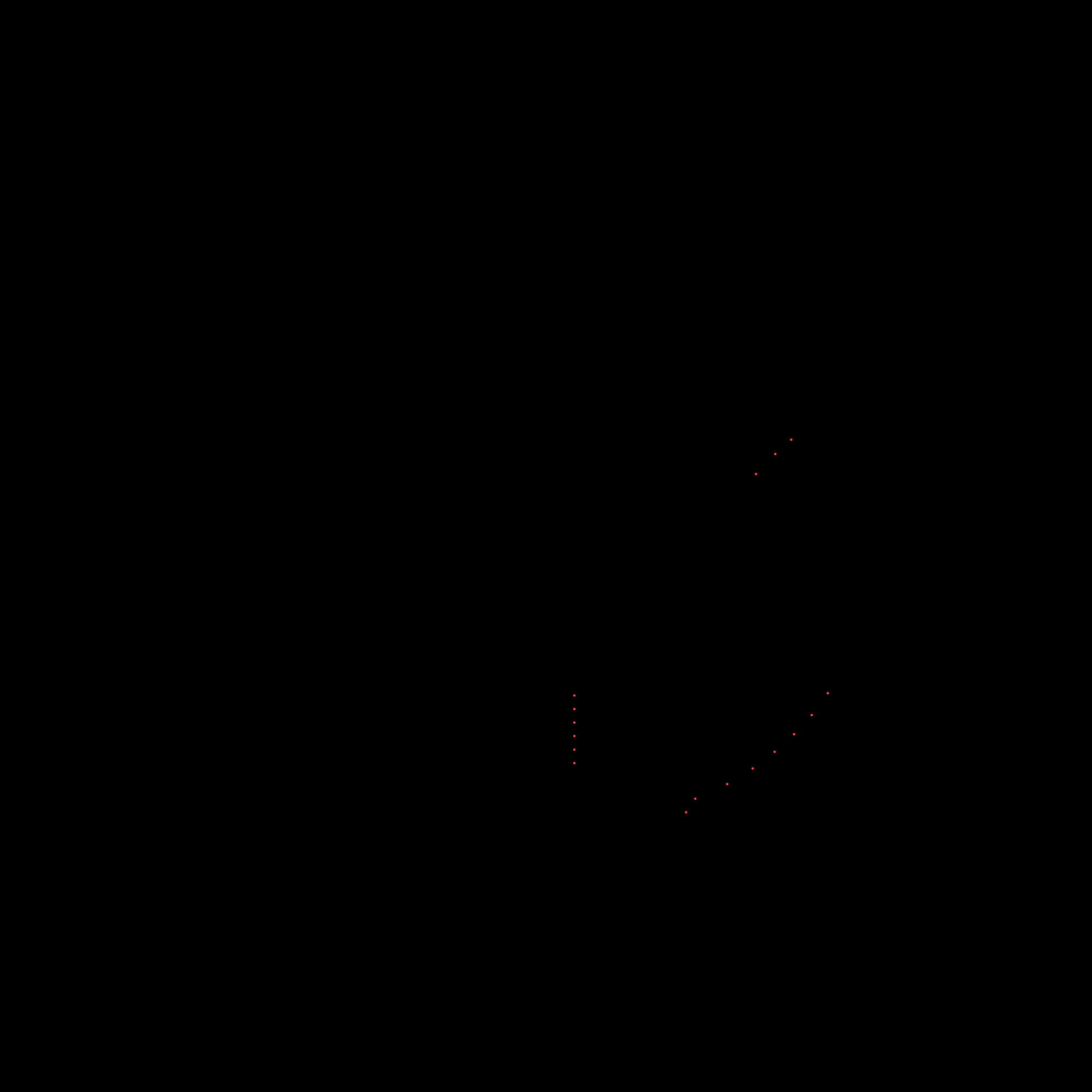
Moving to Australia was incredibly challenging and isolating in many ways, but it gave me the mental space to question who I was and what I wanted, and this was the beginning of a long introspective journey to become a better designer, and a better version of myself.
I personally implement ideas and methods from the art world, as well as from personal development, and the corporate environment.
Why is it so important to find that inner compass as a lettering artist?
I feel like finding your internal compass can make you feel more in control; more aligned to yourself; more responsible for your decisions. It can help you by driving your lettering career instead of being reactive to it.
Finding your internal compass may help you answer some of these questions:
Are you a lettering artist who wants to work for a big agency or a small studio?
Would you rather be a freelancer?
Do you have the privilege of choosing? Not everyone is in a position to choose.
If your answer is being a freelancer, you may need to work really hard for several years at an agency or studio during the day, while doing your freelance work at night, till your client work becomes steady enough to transition to a full-time freelance career.
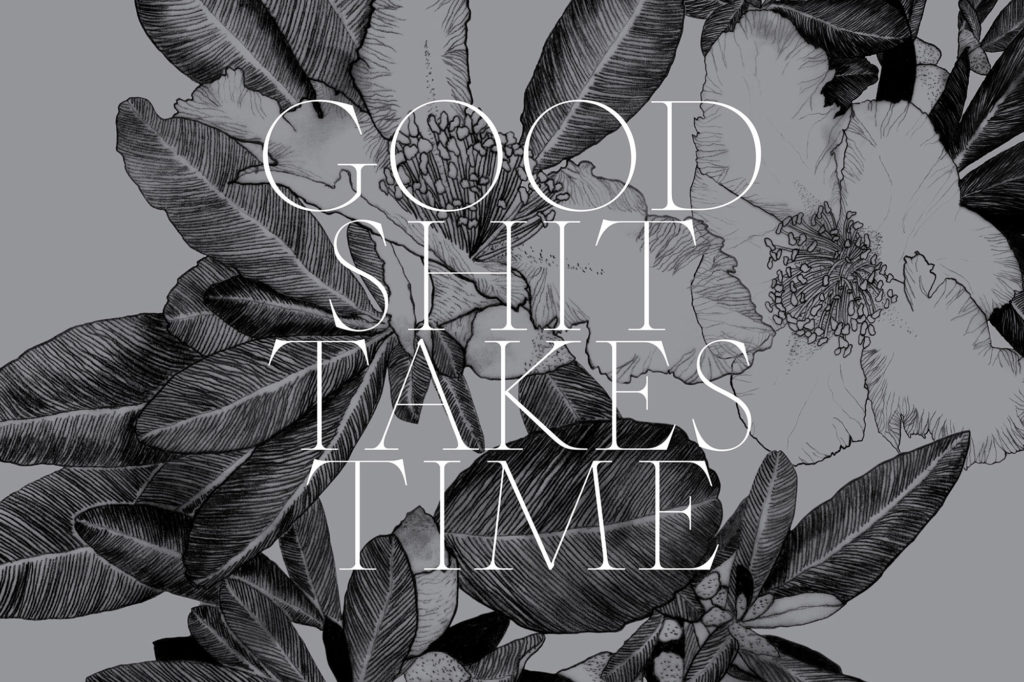
Personally, the main positive aspect of being a full-time freelancer is the flexibility.
The worst part is the financial uncertainty, but I am fully aware that this is a counterpart of what I like the most, which is the freedom of being self-employed; so, if I had to choose between financial stability or freedom, today I would go for the latter one.
Being a freelancer carries a sense of privilege, because you have the option to choose to be one; and it also carries a sense of responsibility because if something goes wrong, there is no one else to blame. That means, you want to learn how to be a good boss to yourself.
Other questions you can consider asking yourself:
Is there a specific lettering style that you want to specialise in?
Illustrative lettering, Script, Blackletter… all of them?
Is there a medium in particular you want to focus on?
Murals, vector work, lettering animation, hand-lettering, digital 3D, tactile lettering… all of them?
Do you have a specific area of interest in design where you want to apply your lettering skills? For example, lettering for the packaging industry and alcohol labels; or lettering for branding purposes; or lettering for the editorial sector including book covers; or lettering for design activism and social justice.
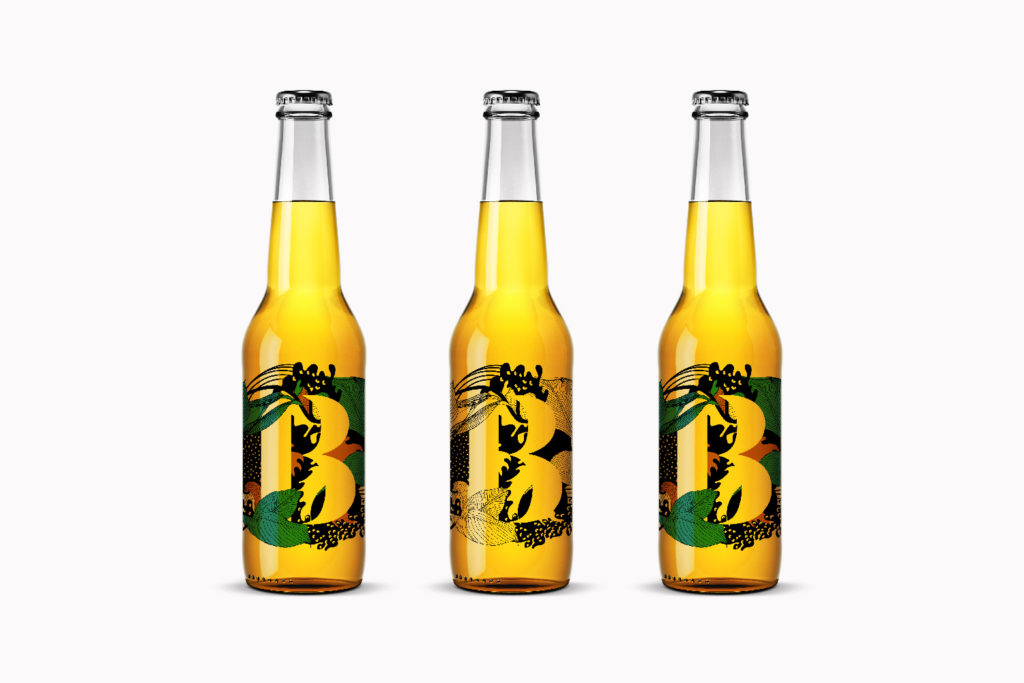
I have a couple of good colleagues of mine who specialise in designing for the music industry. They love and understand the music culture, and move specifically in this area which makes them happy and commercially successful.
The questions I mentioned above can help you answer the big question: “What do you really want to do, and how can you to make it work long term?”
By finding your internal compass and being more rooted in your core, you can face the challenges and fluctuations that come with the creative life.
How would you recommend a lettering artist go about finding their inner compass?
Start by collecting data on yourself:
1.What are your motivations, cultural interests, emotions, triggers, behaviours and undesired behaviours?
Around the cultural topic, I very much recommend watching this panel discussion with Eric Hu, Hassan Rahim and Erik Brandt on the nature of design education.
2. Identify what is good and bad stress.
For me, good stress is when I feel challenged in a way I know is going to help me grow personally and/or professionally, like my Typism conference talk.
I knew the process would be stressful and nerve-wracking, but I also knew that if I invested enough time to prepare the talk, received feedback from people I respect, and was brave enough to open up and tell my story, it would help others to see themselves reflected in my journey, and encourage them to keep going. I knew that if the talk was well received, I would learn a lot and grow from the experience.
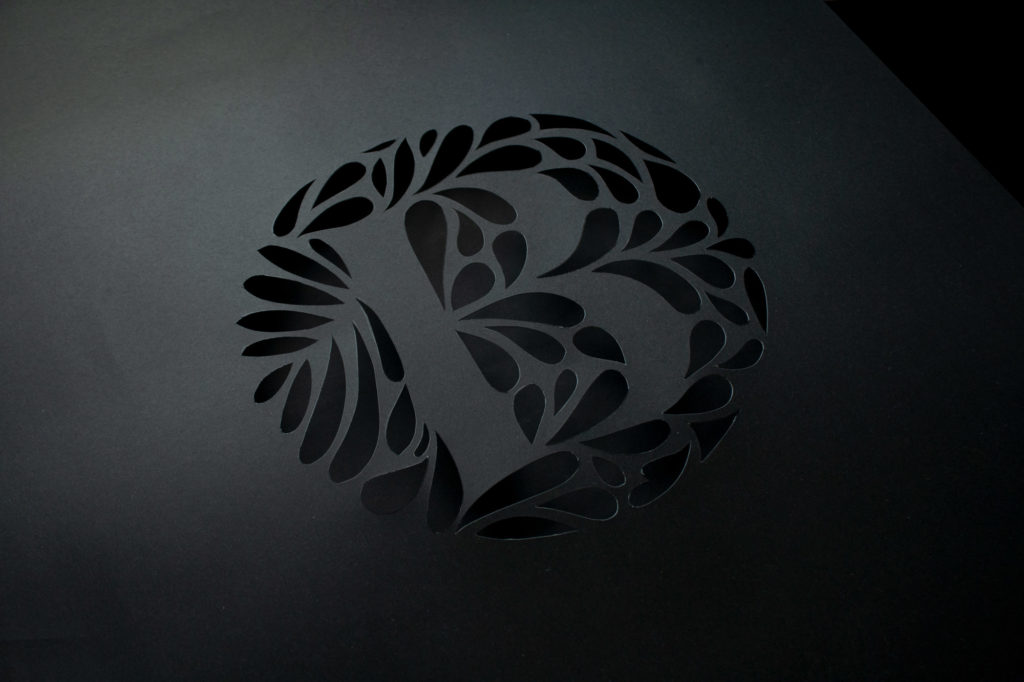
For me, bad stress is feeling overwhelmed. This happens when I feel I am not prepared enough to perform a task; or when I need to rely on other people or environments that are out of my control; or when someone puts a huge amount of expectations on me; or when the project has an insanely tight deadline.
3. Writing as a therapeutic and introspective tool.
Some people will write a weekly or monthly summary. Other people would write quarterly. Personally, I started in 2015 with my bi-monthly email newsletters.
My first newsletter was exclusively focused to announce my first solo exhibition in Melbourne. Then, I decided to keep sending newsletters to announce my calligraphy workshops, and slowly I started to write about myself and the things that were inspiring or challenging me.
In 2018, I had a melanoma removed from my face and I shared the process and how I felt during and after the surgery. The amount of responses I received from people sharing their experiences with cancer was incredible touching. After that, I realised my writing and openness were also helping other people, so I decided to continue sharing my experiences.
Nowadays, my newsletters are divided in three parts. The first part is a personal letter I craft every two months; the second part is a selection of projects I have completed, alongside the courses I offer; and the third part is a list of articles, community events, type-related matter and other topics which may include creative mental health and fostering women within the industry.
Without having a long-term strategy in place, my newsletters have become a visual diary of what is challenging or inspiring me at each moment. This bi-monthly exercise forces me to be accountable, check-in with myself, reflect on my last two months, and map what I have accomplished.
This writing exercise does not have to be public like mine, can be private and just for yourself.
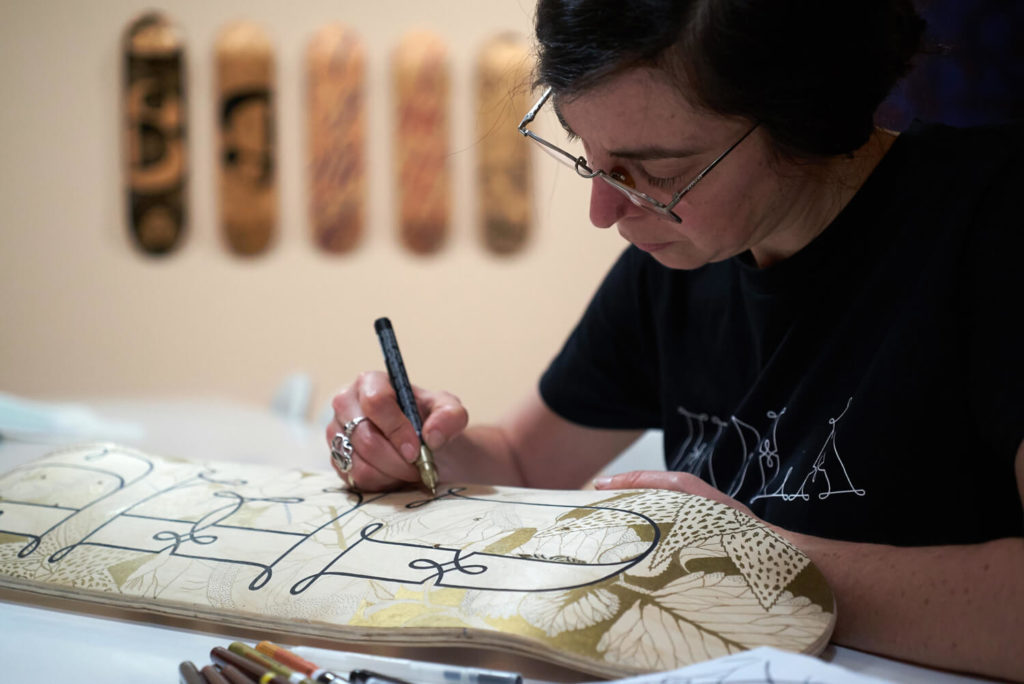
4. Learn about how you work in a personal, creative and financial way.
What is more important for you, and in which order if more than one?
Being a good friend;
Being a good lover;
Being a good partner;
Being a good parent;
Being a good creative.
Some people will choose only one and be the brightest.
Other people are well rounded and they want to find a balance between having good food, an OK job, and a good social life… Then, ask yourself:
Are you an “email me” or “call me” person?
Are you an “early bird” or a “night owl”?
Are you a “give me time to think” or “let’s work on it together”?
Are you an “attention to detail” or “give me the big picture”?
Are you a “tell me what to do” or a “let me figure it out for myself”?
My friend Lauren Vilitati knows me very well and has helped me many times on answering these questions. Together we ran something called The Emotional Culture Deck for better workplace culture which you can download and run the exercise with someone you trust.
5. Try, tweak, try again, define and re-define success.
A lot of things I thought I would love, after doing them I realise I don’t like them at all.
In 2014, I co-founded my own label called MarchTwentyTwo. My business partner and I designed three limited-edition scarves, crafted cushions, and handmade baskets. That year, I did my first market just to realise that I don’t like markets, nor pushing products.
In 2011, I studied type design for the first time. Since then, I have dreamt about publishing my first font. In 2018, I finally did it but the process was incredibly painful. I have had a font hangover for nearly two years now, and sometimes I wonder if I ever want to go back to it, but I haven’t decided it yet.
I have tried a lot of things that I thought I would enjoy, but by doing them I realised that I actually don’t like them.
6. Identify your personal interests.
I am personally interested in language and creative leadership.
I have been following Jim Antonopoulos from We Are Tank for several years now. He writes a weekly email newsletter which I find very valuable. Jim also published a collection of articles under the name The Mentorship Collection, which is very affordable reading that I recommend to everyone prior starting a mentoring relationship.
I am also interested in building a respectful, educated and inclusive creative community.
I strongly believe that bringing more voices, colours and under-represented groups up on stage can only open up our view of the world and make us better.

I’m interested in female leadership, and the importance of being represented.
I am a 43-year old designer with no kids by choice, and I don’t personally know that many females in my same situation. One of them is Dominique Falla from Typism. Other great female colleagues of mine whom I look up to are typographer Nicole Phillips based in New Zealand, type designer Laura Meseguer based in Barcelona, Cat Burgues working at Frost in Sydney, and Prue Jones working at Fjord in Melbourne.
There are many other women who I admire and follow online, but have never met personally. These are only a few examples of many: the Alphabettes community, Dori Tunstall, Tea Uglow, Antoinette Carrol, Elaine López, Sabiha Basrai, Sarah de Bondt, Debbie Millman, Jacinda Ardern, Alexandria Ocasio-Cortez among others. These women are very important to me, as they stand by my side along my journey.
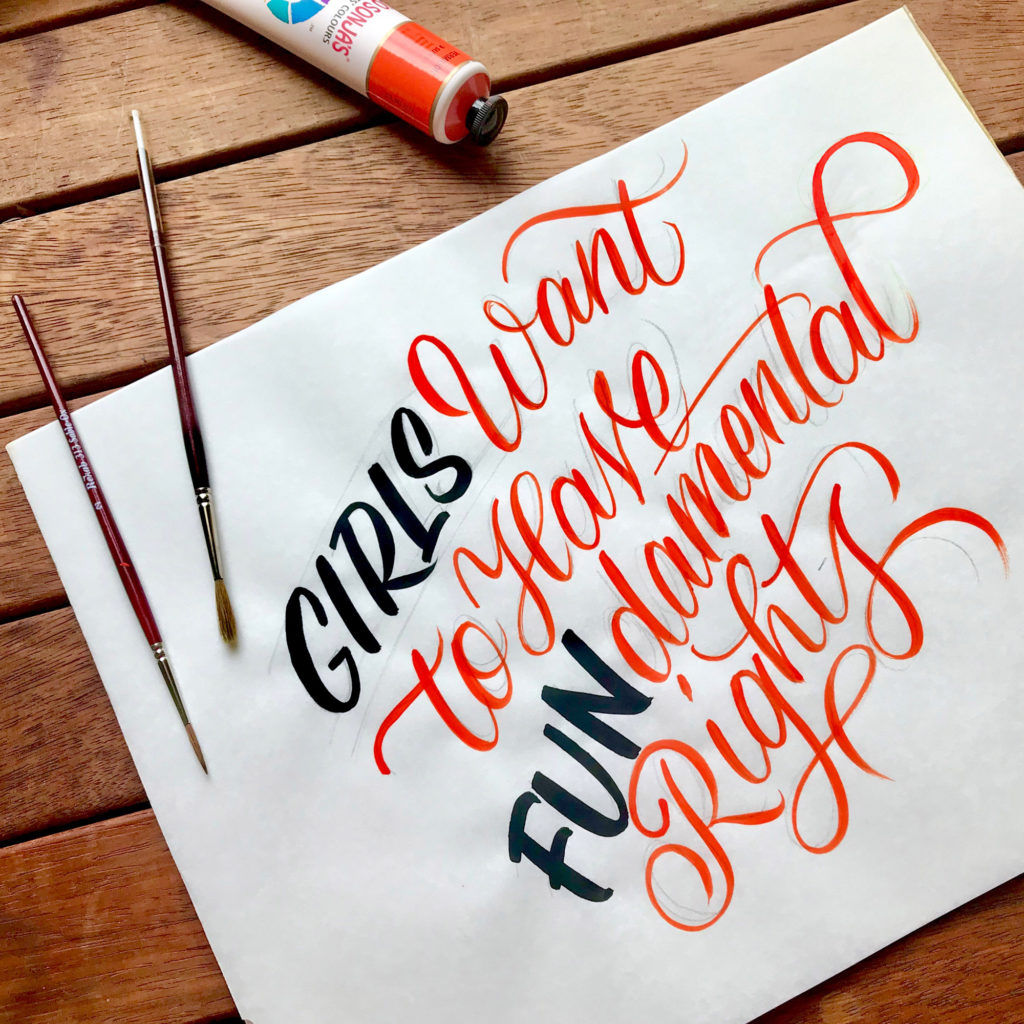
7. Find your role models.
Find people you admire not only for their work, but for their ideologies, work ethics or ways of living.
8. Find a mentor.
Ask for help from people you respect, and feel aligned with their thoughts.
I have been following Kevin Finn from The Sum Of for a very long time. When I was invited to speak at the Design Conference in Brisbane, I emailed him and let him know I was part of the speaker line up, and invited him to come along and watch my talk.
On the conference day, right after I finished my talk, Kevin and I finally met in person. It was one of the happiest moments in my career.
A few months later, I felt creatively stuck and I decided to email Kevin explaining to him my situation, asking if he would consider mentoring me. He called me straight away and asked me several questions to understand my needs and to make sure he was the right person to help me out. Our first phone conversation only reaffirmed to me that he was exactly who I was looking for.
After our first chat, we had a couple of mentoring sessions. I did a lot of work on my end and, after a couple of months, I was back on track feeling focused and decisive again.
No matter which stage you are at in your career, having the right mentor is only going to help you grow and evolve.
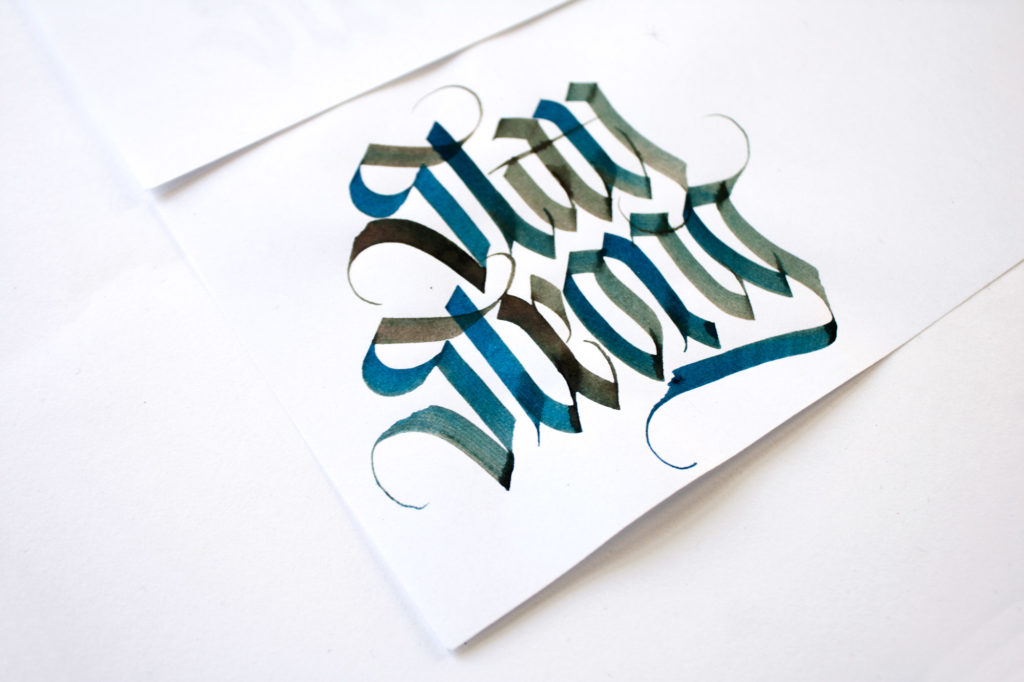
9. Develop your emotional intelligence.
Why am I doing this? Because of fear?
Because you think you are not good enough?
Because you want people to think you are this or that type of person?
Are you your worst enemy, or your best friend?
Are you dealing with perfectionism?
Are you dealing with impostor syndrome?
10. Learn about financial literacy.
No matter if you are a freelance or not, you’ll be dealing with money, and the more you understand money and how the financial structures work, the more equipped you’ll be to make decisions in your career and personal life. I cannot recommend reading The Barefoot Investor enough, especially if you live in Australia.
I also recommend a profound financial detox by figuring out, in exact numbers, the following questions:
How much money do you need a month to pay all your expenses including bills, software subscriptions, entertainment and rent?
How much do you spend on food every month?
Do you have private health insurance?
Do you have a mortgage?
Do you have uni fees?
Do you have kids?
How much emotional financial security do you need?
Other things to take in consideration are: Do you have a partner? If so, do they work full-time, are a student, or is your partner a freelancer?
What if I suffer from shiny object syndrome? What if I can’t decide which creative direction to head in?
I identify two types of shiny object syndrome: The first one sits within the visual communication field; and the second one crosses disciplines.
Recently, I read this tweet from Jessica Hische:
Web designer
↓
UX Designer
↓
Product Designer
↓
Product Design Manager
↓
Director
↓
Venture Capitalist
↓
Wood worker
And judging by the huge engagement from this tweet, made it obvious the amount of people who have travelled this road, and answered “this is me!” and “this is what I’m hoping for!”
On the other hand, your shiny object syndrome can only relate to the visual communication field:
Logo designer
↓
Wedding stationery
↓
Web designer
↓
Product designer
↓
Graphic recorder
↓
Artist
↓
Kinetic type specialist
Following shiny objects requires a huge amount of ongoing learning. As new shiny objects constantly come along, and with them new technology appears, new software, new perspectives… you will constantly need to learn about the hot topic of the time, and increase your knowledge. This is not the easy path, in fact, the opposite.
Following shiny objects is going to force you learn a lot of different skills in different areas, and while you are transitioning from one thing to the other, you may hear your strongest calling.
Saying yes to shiny objects implies that you’ll be constantly moving from one medium to another, and for some people this may be very a good fit. I have walked this path myself.
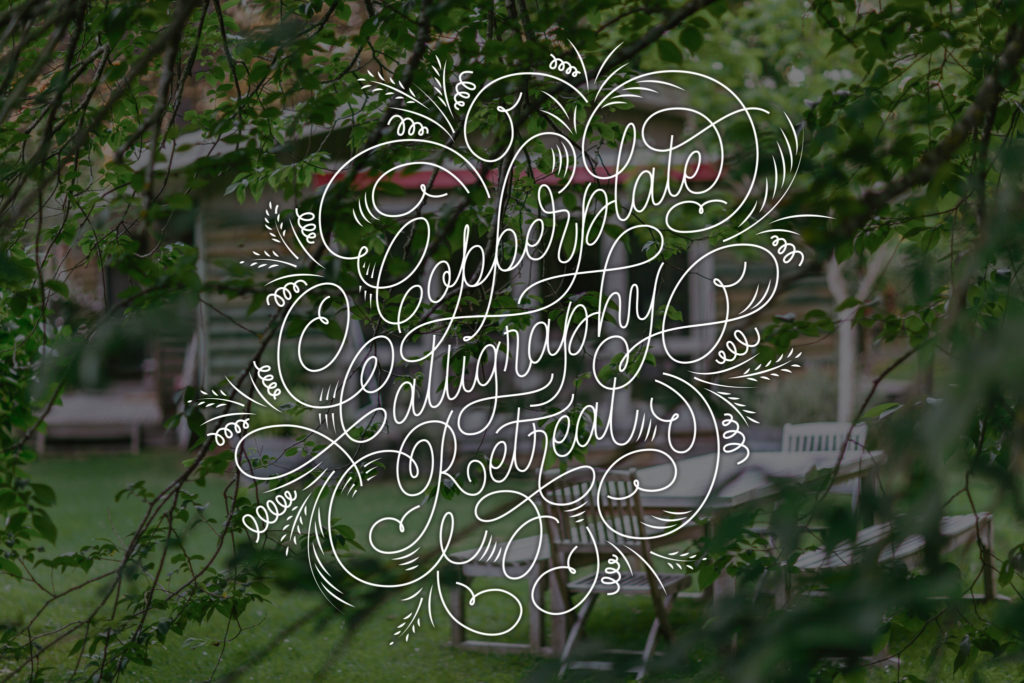
I graduated from a Bachelor of Honours in Graphic Design, then I completed a master’s degree in UI Design.
A few years later, I had a career crisis and decided to specialise by studying a postgraduate course in advanced typography. I fell in love with typography, rediscovered calligraphy and discovered lettering. I then moved to Melbourne and needed a job to sustain myself, and accepted a textile design position as anything sounded more exciting than the idea of going back to designing stationery again.
I spent two years full time only illustrating, and I fell in love with the process.
In a way, it feels like I’m all over the place, but I find that all these disciplines are very much related to each other, and they are all vehicles for me to communicate visually and creatively, plus they fulfil my hunger for knowledge and for learning how to see.
Conclusion
Paraphrasing Jaimey Shapey “my best advice for design students is to start taking care of yourselves now: Force yourself into healthy habits because many design workplaces are toxic, and you’ll need a strong sense of personal care to stay sane”.
Secondly, you probably have heard the sentence “we learn more from our mistakes than from our victories”, and I’m afraid this is very true. So my next advice is be curious, try everything out, learn and unlearn, and find your very own way!
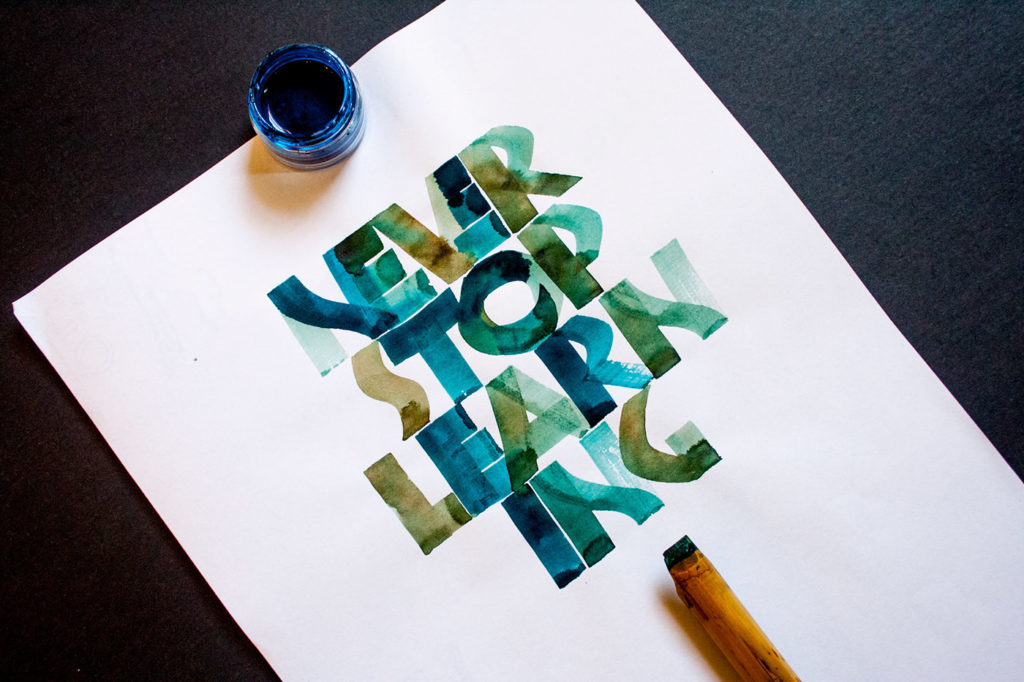
References:
The Emotional Culture Deck by Raiders and Elephants;
The Mentorship Collection by Jim Antonopoulos;
Mentorship Program by Alphabettes;
Start With Why by Simon Sinek;
Finding yourself over and over again by Jessica Hische;
What is design education actually for? Panel discussion with Eric Hu, Hassan Rahim and Erik Brandt;
The questions you need to ask yourself by Debbie Millman;
Finding your creative style and voice by Jessica Walsh;
The top 10 things I wish I knew when I graduated college by Debbie Millman;
Where are the black designers? What’s Next? Roundtable with Roxanne Gay, Antoniette Carroll, Kelly Walters, Elaine Lopez, Alexandra Cunningham Cameron and Chris Livaudais;
The Staving Artist Podcast on Designing Your Creative Life with Honor Eastly and Sarah Firth;
What you have to offer is you, what I have to offer is me by Charlie Kaufman;
The Sum of by Kevin Finn;
Discovering Your Why by Lauren Vilitati.